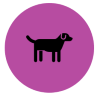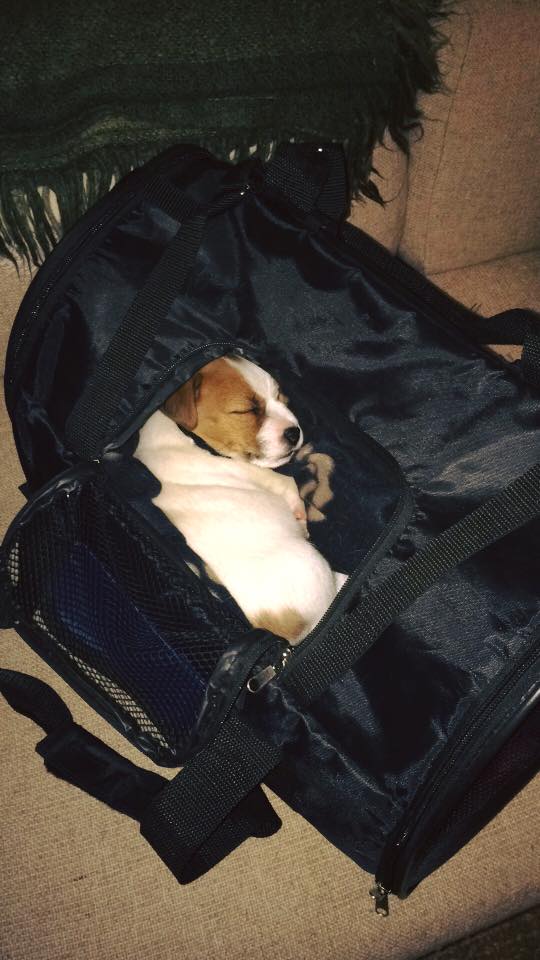
Outdoors to pee, from day 1

General Considerations
Toilet training is about helping your puppy form the habit of eliminating outdoors. The simple way to look at house training is that the more success you have outdoors, the more that habit grows. You’ll begin by giving outdoor access to your dog so often, they will never need to go inside. Over time, you’ll add duration to the timescale of bringing them outdoors, and so gradually teach them to hold on, until they are next outside.
Just like potty training a toddler, it is your responsibility to make sure your dog is where you want him to be, each time he needs to eliminate. Make a chart of how often your dog is going to the toilet and ensure you get him outside at least this often, if not more so. Toilet training accidents happen so don’t worry. Just learn from them. Never blame the dog and make sure you’re more diligent the next time.
Fixing a command to the action of peeing is a very useful technique to help your dog learn to go in a variety of different places and on various surfaces. This can be done from the outset by repeating a word in a happy voice each time you see your puppy pee outside.

You will need to regularly accompany him outside, not leave a door open, expecting him to go out by himself. The key to house training is knowing where your dog is at all times and giving him so many opportunities to go outdoors that he never needs to find a spot to go indoors.
If you can’t supervise your puppy, overnight and if you know he has not toileted recently, pop him in a crate or puppy pen until you are able to bring him outdoors again. This avoids unwanted accidents around your home. Most pups won’t soil their bed. Here’s Jellybean in his by-the-side of-my-bed puppy crate on his first night in his new home. Note the crate is small, cosy and dark. For Sue’s crate training programme click here.

Setting a Daily Routine
Following sleep, meals, play and regularly throughout the day, take your puppy outside. Wait 3-5 minutes for him to pee/pooh, saying nothing to him until he begins to perform. Make a big fuss once he is finished to let him know he’s done something good.
As a rough guide:
8-9 weeks: When not crated, bring puppy out every half an hour.
9-11 weeks: When not crated, bring puppy out every 45mins.
12-13 weeks: When not crated, bring puppy out every hour.
13-16 weeks: When not crated, bring puppy out every 1.5-2hrs.
16-25weeks: When not crated, bring puppy out every 2 hours.
If at any point during the day your puppy does not pee when you bring him outside, pop him back in his crate while you make a cup of tea and try again in a few minutes. During the day your puppy should not have free access to the various rooms in the house unless you are sure he has toileted very recently.
Things to Avoid
No treats needed! Emptying bladder and bowels is a self rewarding activity. It feels good without our input. For this reason, I don’t recommend using treats as a reward during toilet training. When treats are added to the equation, plenty of clever dogs will pretend wee, or not fully empty their bladders to get the food reward on offer. Then, when they go back inside, they finish going to the toilet when their owner isn’t looking. By all means use praise for success outdoors, but wait until puppy has finished toileting before praising him so as not to distract him from toileting.

Ditch those puppy pads. Puppy pads teach your puppy to toilet indoors, a step you will only have to get rid of at a later stage. Save yourself bother and teach your puppy to toilet outside from day 1. Puppy pads should be avoided unless access to outdoors is unsafe or difficult, because of apartment living for example.
